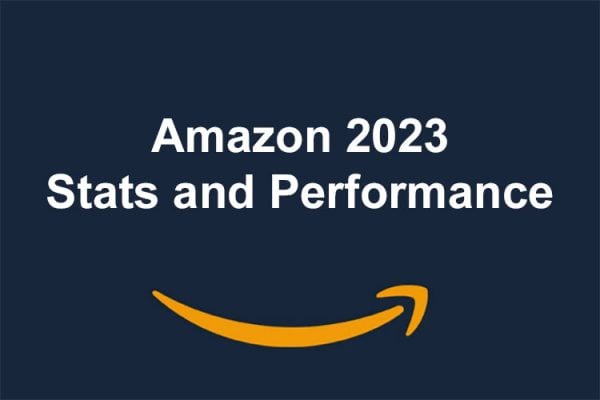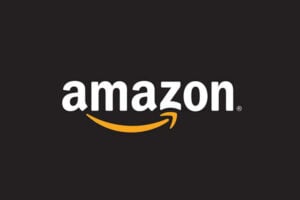Bloomberg have published an interesting piece on how Amazon works and the key takeaway is that they’re less and less reliant on humans for Amazon retail.
Gradually tasks such as forecasting have been automated and humans have become reluctant to overrule the machines (even if a vendor informs them of an upcoming marketing push on a particular set of products) because over time the machines have proven to be more accurate.
There’s also a second driver which is that the retail side of Amazon’s business has become less profitable, over half of products sold on Amazon today are from third party merchants and that generates profits of around 10% compared to Amazon retail margins which run at about 5% according to an insider source. As the third party side of the business has grown and with the greater margins taken into account, Amazon Retail are seeing whole categories where merchants make greater profits for Amazon then selling products themselves does.
Amazon have even taken away the negotiation of deals from humans. Vendors and merchants can upload details of offers for Lightening deals and the machines can decide if they like the offer or not. Even the merchandising of offers can be automated and Amazon have learned that the machines hardly ever get it wrong.
How Amazon works compared to offline retailers
This does give Amazon a major edge over their retailer competition – Major offline retailers are still reliant on buyers and merchandisers to decide what products to stock in what quantities and when and by how much to discount. Automation through artificial intelligence is removing the need for humans and how Amazon works with machines is proving an insurmountable challenge to the competition.
That doesn’t mean that Amazon don’t need humans and in fact have tens of thousands of open vacancies. What does appear to be happening is that the retail side of Amazon’s business is less exciting with fewer innovations than in the past and talent is being focussed on the marketplace side of the business and the two teams are gradually being merged with spreadsheet forecasting being automated.
How Amazon works for merchants
For merchants, in some ways it’s easier than ever to get exposure on Amazon as there’s no longer a need to speak to a human and justify your offer. If the machines like your proposition then it gets the green light and potentially included in events such as Prime Day and Black Friday deals. If your offer is deemed unsuitable then, according to Amazon’s logic, the machines must have a reason why as they’ve proven accurate in the past. This should ring alarm bells because if your best price and deep inventory isn’t attractive then it’s time to find out why not and if one of your competitors has a better proposition.
Don’t be surprised if one day you discover Alexa isn’t just playing music in your lounge but also tells you which of your products to offer for Amazon Lightening Deals!











6 Responses
“…from third party merchants and that generates profits of around 10% compared to Amazon retail margins which run at about 5% …”
That makes no sense, how could it possibly be true? That implies that 3rd party merchants can get a profit margin of more than 10% (so that they have something left over after they’ve paid Amazon their 10%), but Amazon can only get a profit margin of 5%…
Rob, your response make no sense, Amazon charge 15% commision on all sales, Amazon are saying they make 10% profit on total revenue, so all they are saying there of the 15% they charge, 2/3 are profit (10% of the revenues), 1/3 covers costs. It makes no mention of what the 3rd party profit margins are, as that depend on revenue minus all the seller costs, i.e. postage, VAT, Amazon comissions and item costs.?????
Given the 100$ example, a merchant would need to have costs somewhat less than 85$ (15$ is for amazon) for not making a loss. While amazon itself runs at 95$ costs. Given the buying power and the world leading logistics amazon is famous for, it would be interesting to understand how merchants can have a more efficient cost structure. If my maths are right either all merchants are going out of business after a while or they are doing better than amazon. In average!